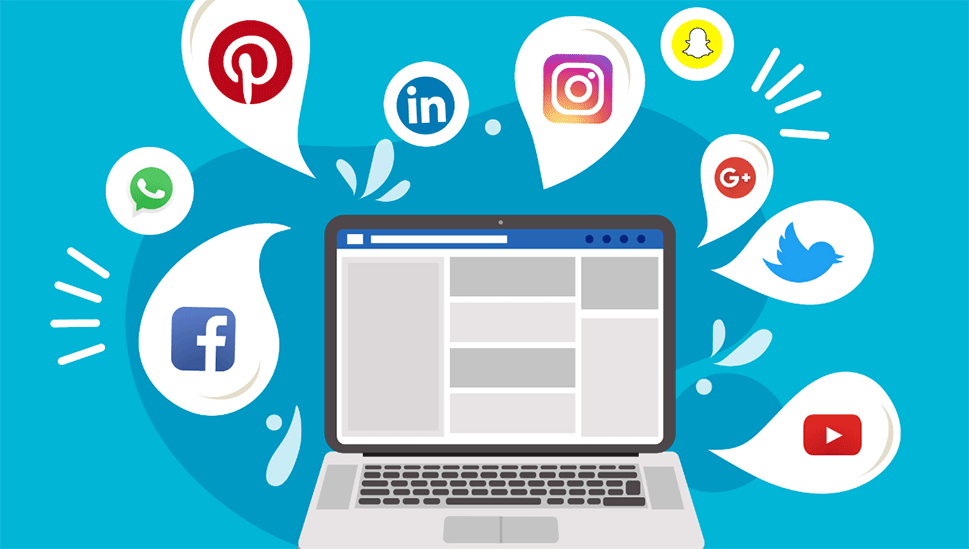
The increasing digital empowerment of consumers
One of the biggest changes in human interaction is the recent proliferation of online social networks. The rapid growth of Web-based platforms that facilitate online social behavior has significantly modified the nature of human activities, habitats, and interactions. Real-world social relationships have been migrated to the virtual world, resulting in online communities that bring people together from across the globe. This movement into the digital dimension allows individuals to share knowledge, entertain one another, and promote dialogues among different cultures. The question is no longer if people are signing in; the question is what they are signing in to and why they use certain applications to do so.
From a consumer’s perspective, the use of information communication technologies offers several benefits, including efficiency, convenience, richer and participative information, a broader selection of products, competitive pricing, cost reduction, and product diversity. Online social networking tends to enhance these benefits, as consumers can communicate more proactively. For example, through online social networking, individuals can seek out others’ opinions about specific products. In doing so, consumers have been shown to value peer judgments more than firm promotions, indicating a shift in the locus of persuasive power.
Social media: Are firms being pulled or pushed?
If most customers engage with social media, firms should engage with social media as well. In the past, marketers employed e-mail blasts, direct marketing, telemarketing, informational websites, television, radio, and other mechanisms to disseminate information related to the firm or its products. The World Wide Web was used to present marketing messages through page views and advertising to reach large numbers of people in a short amount of time. It served as an advertising tool that shaped surfer behavior rather than as a medium that facilitated interaction between buyers and sellers. Despite its utility, this type of marketing strategy is too broad to effectively target connectors, mavens, and salespeople.
If firms seek to establish mutually satisfying long-term relationships with critical surfers (e.g., salespeople or customers), an alternate Web-based strategy is needed. Specifically, firms should seek to develop digital relationships using promotional strategies that emphasize the co-creation of content and meaning. To this end, word-of-mouth communication can be particularly helpful. Of course, firms have always talked to their customers; the critical difference between past and present in this regard is that now, online communication tools allow customers to respond to firms. This pressures firms to adopt a more digital presence. In response, some firms have implemented Web 2.0 technologies. Web 2.0 is more than the evolution of Web-based technology: it represents a social revolution in how those technologies are used. Of particular importance for firms wishing to communicate with their customers is the advent of participatory information sharing over the Internet. This phenomenon, coupled with global improvements in communication technology and lower costs for Internet access, sets the stage for major shifts in digital marketing strategies, particularly for the promotional-mix dimension.
Although the growth of Web 2.0 provided some tools for relationship-based marketing, the Best Web has since spread further and new dimensions have been. The Best Web represents an evolution from ‘read-only’ content to an interface in which content can be read or written (‘read write’), and finally to the ‘Executable Web’. The latter is characterized by individual-oriented and dynamic relationships based on personalization, intelligent searches, and behavioral advertising. This phenomenon constantly builds and evolves, shifting the locus of market power from firms to consumers. Thus, an online, content-based marketing strategy could bridge both consumer—firm and physical—virtual gaps. In doing so, such a strategy would allow for not only more effective marketing strategies but also a new relationship paradigm.
